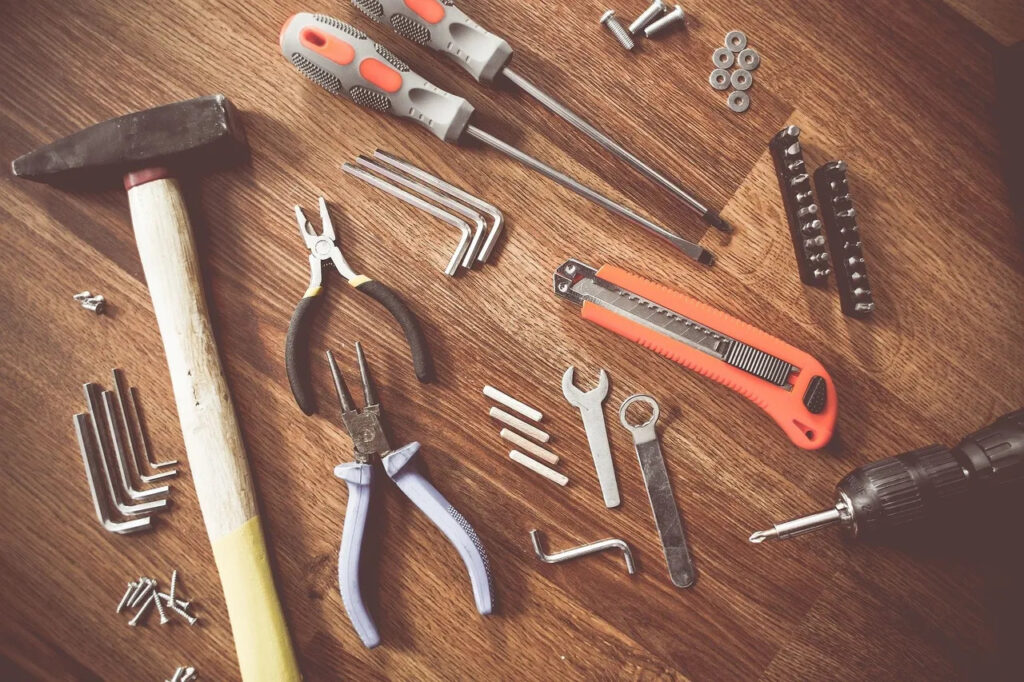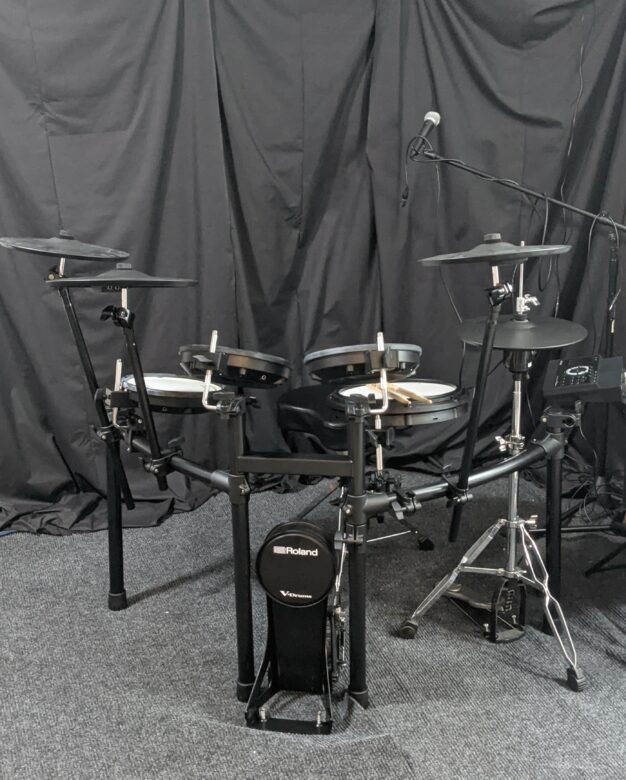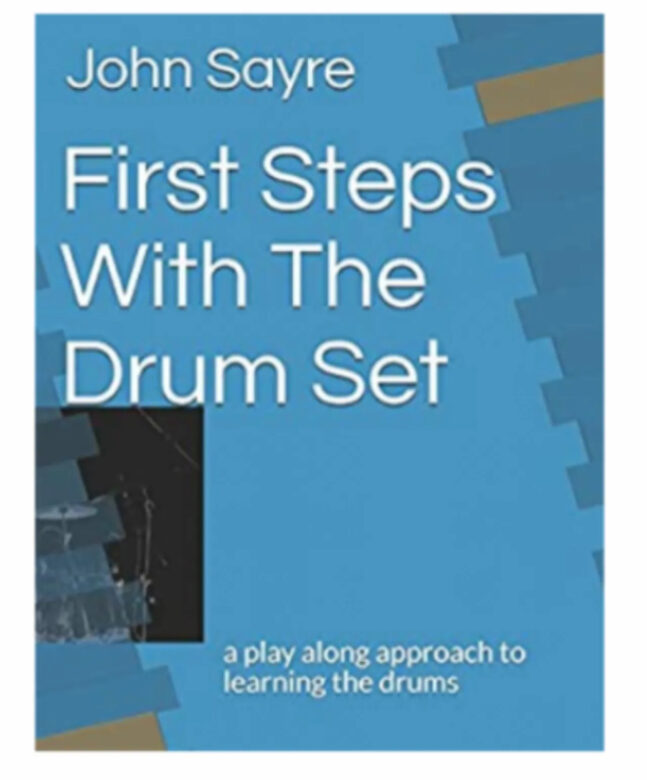
In Part 1 we went over some of the reasons that people choose to teach music lessons, and, some reasons not to teach (the “fall back”). As promised, in this post we will learn about ways to make your teaching studio a more enjoyable, effective, and profitable experience.
You’ve decided you want to teach and you are competent enough on your instrument to teach. But before we talk about improving your studio we have to build it i.e. attract (and retain) students.
Enter shameless self-promotion
Many musicians I know are uncomfortable swimming in these waters: marketing, social media for business purposes, branding. But, it is up to you to let people know you are available and ready to meet their needs. Like Mel Robbins said in a 2018 tweet: “No one is coming to save you. No one is coming to push you. It’s all up to YOU”. Indeed.
If you have put in the hours, the years of study and practice necessary to hone your blade to a sharp professional edge, then you are aware of the dizzying heights of human potential when it comes to musical mastery: Wynton Marsalis, Yo-Yo Ma, Pat Metheny, Anne-Sophie Mutter, Jaco Pastorius, Anthony Jackson, Steve Gadd, Chick Corea, Cory Henry, Hiromi Uehara, and the list goes on and on.
You may be thinking “what can I offer when there are these demigods out there playing at such high levels of mastery?” But, you do have something to offer. More than you realize–you have you. You are in your town, willing and available to work with students–and most likely none of those names mentioned are available to teach the people in your community that want music lessons. So, step up to the plate and make a bit of noise, and let’s build your studio.
Marketing/Engagement
Like any other topic there are 1,000 different opinions and resources. Check out a few of these books to get you started with marketing (I am especially fond of all things Seth Godin). I can only speak for the tools that I have personally used: website, Facebook & Instagram page, Thumbtack, community engagement.
I think a website is a must. It is a convenient way to show potential students what you have to offer. Upload lesson videos, projects you are working on, and write blog posts that offer links to other value-adding content for your students. I like this article from Website Builder Expert that offers some great insights into which drag and drop website builder is best for you. I went with GoDaddy when I started this site since it is a very user-friendly website builder for newbies.
Facebook and Instagram need no introduction. I keep the same name for both pages (@johnsayremusic) and use these platforms to connect with my students’ parents. Many parents keep busy work schedules and travel for work so grandparents and older siblings bring the student to lessons. So, a quick 30 second clip goes a long way to helping parents feel engaged with their children. I have also gained a few students from FB ads.
I have had a fair amount of success with Thumbtack. Sign up, state what services you offer and where, upload some pics and videos, and you are up and running. With recent changes, Thumbtack now only charges you when you hear back from a potential client–an improvement to be sure.
And finally don’t forget good old fashioned community involvement. Reach out to local school band directors. Volunteer to adjudicate at honor band auditions. Join your local small business association. Networking face-to-face still matters in this digital age.
Are we having fun yet?
You want to teach, you have the knowledge, you’re attracting students, now let’s make sure you keep them coming back for more.
Music lessons should be fun. Teach the fundamentals, but offer a diversity of approaches to learn the skill in question. And, if the student isn’t making progress with the task and is showing signs of frustration MOVE ON. That F minor harmonic scale, or Stevie Ray Vaughan riff, or John Bonham drum groove will be there tomorrow. Sometimes people just need to digest the lesson, work on it at home, and hit it again next week. Or the week after. You have to think long term in this business. There is no better way to put out someone’s fire for music than to drive them to the point of frustration and emotional exhaustion. Just don’t do it. Stretch the student, don’t break the student. Remember the movie “Whiplash”?–don’t be that guy.
I also like to spend just a little bit of time in lessons playing material that is “old hat” for the student and say something like “wow, you remember when that was a struggle for you? It sounds like it’s a breeze now”. It is important to remind people of the progress they have made with some positive reinforcement.
Effective lessons
You want to bring your “A game” to every lesson. One–it’s the right thing to do, and two–your students don’t have to keep coming back.
Get to the studio with enough time to clean up a bit if necessary and set up any supplies you need; music stands, instruments, hand sanitizer, books etc.
After the teaching space is in order, take a minute or two to get your mind in order; remind myself that these families are choosing to invest their time and money with you and that you will treat each student with respect, patience, and your best efforts. Set your intention, commit to this, and you will make better connections with your students, hear better results, and enjoy teaching more.
To save time and be more effective I have lesson materials and playlists set up before hand i.e. I rarely have to spend much time hand-writing anything out for students or finding the correct song for our play-a-longs. Don’t “wing it”. Maximize your students’ lesson time and you will hear better results.
Consider creating follow-up lesson videos for students to reinforce what they learned in their lesson. These don’t need to be anything fancy–I make these with my phone and upload them to my Facebook page. Sometimes I just ask the student/parent to record me playing a given exercise or musical passage on their phone for their own use. Don’t get too complicated with this–focus on the steak and not the sizzle. Content over special effects magic all day long.
Paying the bills
Depending on where you teach you will have more or less control over your lesson fees and payment policy. More and more students are comfortable using mobile payment services like PayPal and Google Pay-I recommend jumping onboard before a student asks if you accept PayPal etc. But, I find most still prefer to pay with cash or check.
Ask around and find out what other teachers with a similar professional background are charging for lessons in your area. This can be a delicate subject but you really do need to be sure you aren’t undercutting yourself.
Set your lesson fees high enough so that you do not feel it necessary to raise your rates in the near future, and so that you are not thinking about how you set your rates too low compared to other teachers and grudgingly go off to teach.
Charge appropriately for your services, even charge on the high side, but be sure you offer an exceptional value for your students. A half-hour lesson each week running exercises out of a method book week after week just doesn’t cut it. Yes, method books and exercises certainly have their place. Excel in the fundamentals, but add value, create new content for your students, let them know about upcoming concerts in their area, organize a recital, connect them with colleagues they might benefit from studying with if they burn out on your instrument.
Keep your chops up. Set high but reasonable standards for your students. Take steps to improve as a teacher.
If you are good at what you do, students will eventually find you, word will spread.
But, you have to hustle, you have to grind it out. Put yourself out there and market, network, and get involved in your local community.

